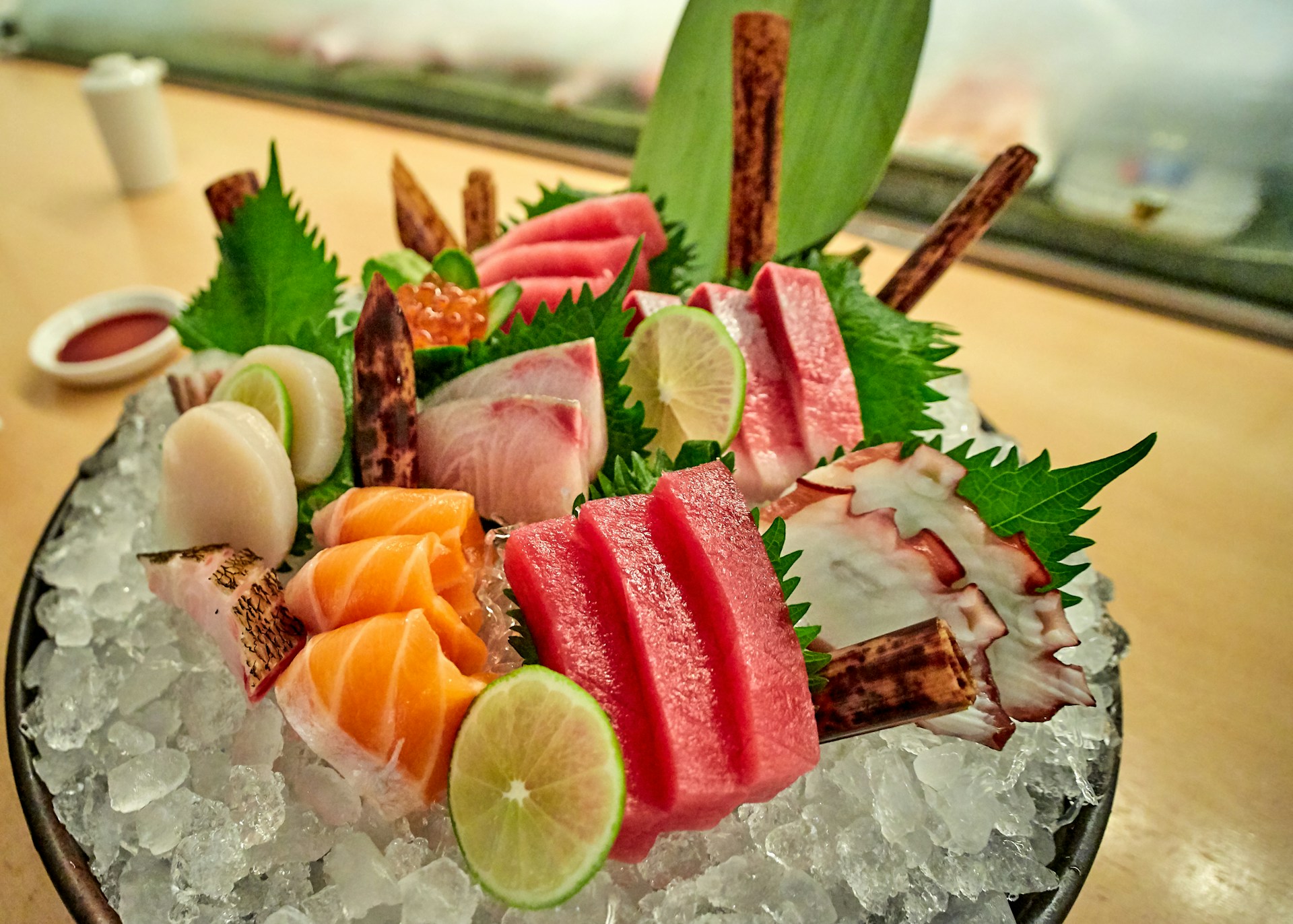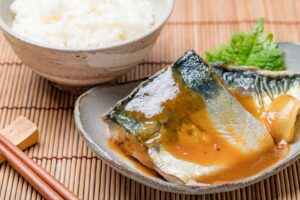This comprehensive guide explores the world of sashimi, a traditional Japanese delicacy. Learn about the various types of sashimi, how to prepare it at home, its nutritional benefits, and cultural significance. Whether you’re a home cook, a health-conscious individual, or a culinary enthusiast, this article provides valuable insights and practical tips for enjoying sashimi to its fullest.
What is Sashimi?
Sashimi is a traditional Japanese dish consisting of thinly sliced raw fish or seafood. Unlike sushi, which includes vinegared rice, sashimi is served without any accompanying rice, focusing purely on the quality and flavor of the fish. Originating from Japan, sashimi has been a part of Japanese cuisine for centuries and holds significant cultural value. It is often enjoyed as the first course in a formal Japanese meal and is appreciated for its simplicity and the skill required to prepare it.
What is the Difference Between Sashimi and Sushi?
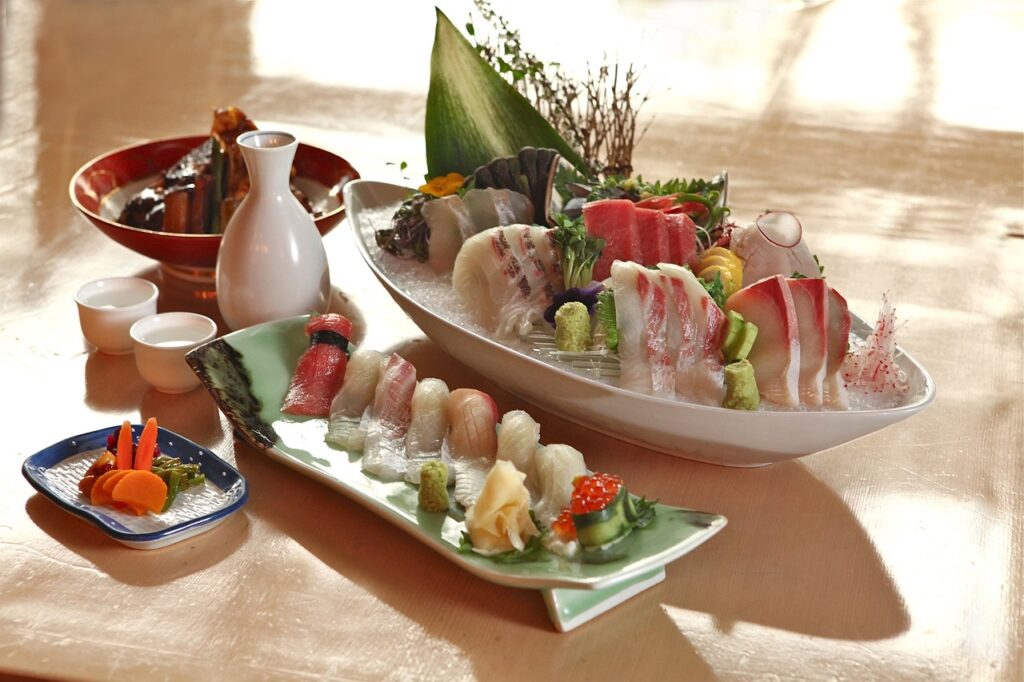
Sashimi and sushi are often confused due to their shared use of raw fish, but they are distinctly different dishes with unique characteristics:
- Sashimi: As mentioned, sashimi is thinly sliced raw fish or seafood served without rice. It emphasizes the purity and flavor of the fish, often accompanied by garnishes such as shiso leaves, daikon radish, and wasabi.
- Sushi: Sushi, on the other hand, is a dish that includes vinegared rice paired with various ingredients, which can include raw fish (nigiri), vegetables, or other proteins. Sushi can be served in several forms, such as rolls (maki), hand-pressed (nigiri), or scattered (chirashi).
The main difference lies in the presence of rice and the way the fish is presented. Sashimi is purely about the raw fish or seafood, while sushi incorporates rice and can include a wider variety of toppings and fillings.
Types of Sashimi
Sashimi can be made from a variety of fish and seafood, each offering a unique flavor and texture. Here are some common and popular types:
- Tuna (Maguro): One of the most popular choices, known for its rich flavor and firm texture. Varieties include bluefin tuna and yellowfin tuna.
- Salmon (Sake): Loved for its buttery texture and mild taste. It is often served with a slightly seared outer layer in some regions.
- Yellowtail (Hamachi): Known for its rich, slightly sweet flavor, commonly enjoyed in the colder months when the fish is fattier.
- Octopus (Tako): Offers a chewy texture and a mild taste. It is usually boiled before being sliced.
- Shrimp (Ebi): Often served boiled, with a sweet and tender texture. Raw shrimp (Amaebi) is also popular for its sweet flavor.
- Mackerel (Saba): This fish has a strong flavor and is often marinated in vinegar to reduce its fishiness.
- Scallops (Hotate): Known for their sweet and delicate flavor, often enjoyed raw.
- Squid (Ika): Offers a firm yet tender texture and a mild, slightly sweet flavor.
- Sea Urchin (Uni): A delicacy with a creamy texture and a rich, ocean-like flavor.
- Clams (Hokkigai): Known for their sweet and slightly briny taste, often served slightly boiled.
- Flounder (Hirame): A white fish with a delicate flavor, often enjoyed in very thin slices.
- Horse Mackerel (Aji): Known for its light, sweet taste and often served with ginger and scallions.
- Bonito (Katsuo): Typically seared on the outside and raw inside, known for its rich, smoky flavor.
Regional variations in Japan also bring unique sashimi types, such as fatty tuna belly (Toro) in Tokyo and squid (Ika) in Hokkaido, highlighting local fish species and traditional preparation methods.
Fish Selection and Sustainability
Importance of Selecting High-Quality Fish
Selecting high-quality fish is crucial for making delicious sashimi. Freshness is paramount; the fish should have a clean, ocean-like smell and firm flesh. Seasonal fish are often the freshest and most flavorful.
Tips on Freshness and Seasonality
- Check the Smell: Fresh fish should have a mild, ocean-like scent without any fishy odor.
- Examine the Flesh: The flesh should be firm to the touch and not slimy.
- Look at the Eyes: Clear, bright eyes indicate freshness.
- Consider the Season: Certain fish are best enjoyed in specific seasons when they are at their peak flavor.
Sustainable Fishing Practices
Sustainable fishing practices are equally important to ensure the longevity of marine ecosystems. Look for certifications like the Marine Stewardship Council (MSC) when purchasing fish to support sustainable fisheries.
How to Prepare Sashimi at Home
Necessary Tools
Preparing sashimi at home requires precision and care. Here’s a step-by-step guide:
- Tools Needed: A sharp knife and cutting board and a pair of tweezers(optional: for removing small bones).
- Selecting Fish: Choose the freshest fish available, ideally sushi-grade.
*In Japan, it is common to select fish labeled as “for raw consumption” (生食用) or “for sashimi” (刺身用). - Slicing Technique: Slice the fish against the grain into thin pieces. The knife should be kept at a slight angle to achieve clean cuts.
- Presentation: Arrange the slices neatly on a plate, often accompanied by garnishes like shiso leaves, daikon radish, and wasabi.
- Safety Considerations: Always handle raw fish with clean hands and tools to prevent contamination.
Step-by-Step Instructions
- Clean Your Tools: Ensure all tools are sanitized before use.
- Prepare the Fish: Remove any bones and skin from the fish.
- Make the Cuts: Use a sharp knife to make clean, precise cuts.
- Plate the Sashimi: Arrange the fish slices attractively on a plate with garnishes.
Advanced Slicing Techniques
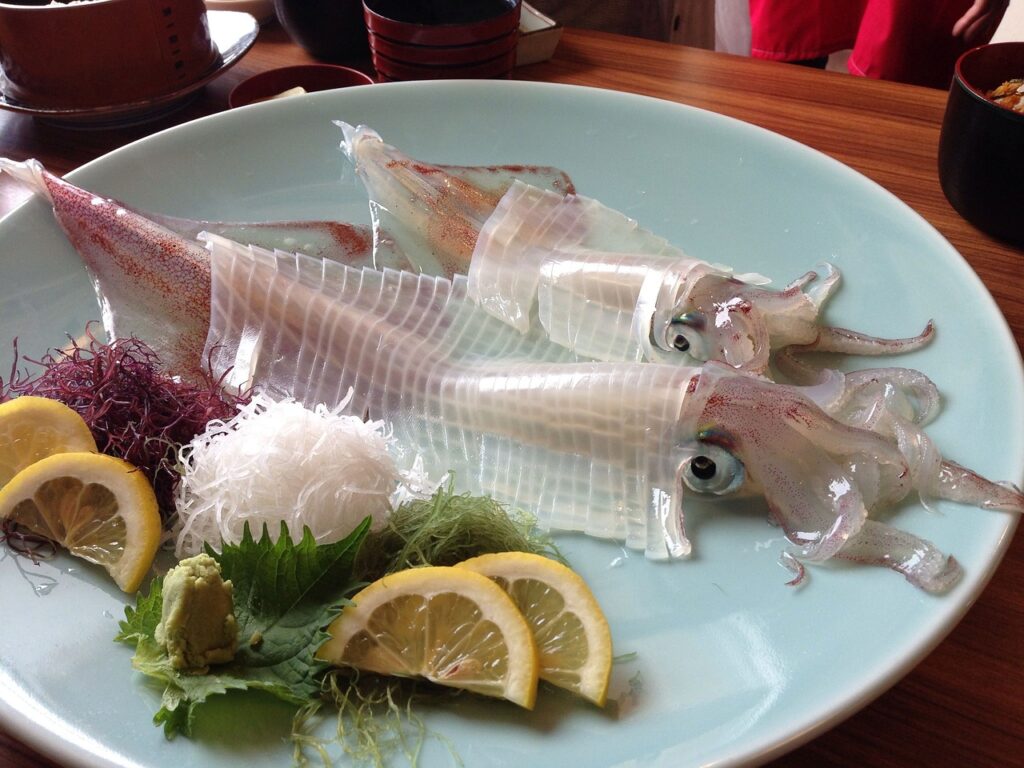
Mastering sashimi slicing techniques can elevate your presentation and enhance the dining experience. Techniques include:
- Hira-zukuri: The most common cut, resulting in rectangular slices.
- Usu-zukuri: Thin, almost translucent slices, often used for delicate fish like flounder.
- Kaku-zukuri: Cubic cuts, giving a different texture experience.
Each cut requires a steady hand and a keen eye for detail, making practice essential.
Health Benefits and Risks of Sashimi
Nutritional Profile
Sashimi is not only delicious but also offers various health benefits. It is a great source of high-quality protein, omega-3 fatty acids, vitamins, and minerals.
Potential Risks
However, there are potential risks, such as exposure to parasites and bacteria. Ensuring the fish is sushi-grade and handled properly can mitigate these risks.
Cultural Significance of Sashimi
Historical Importance
Sashimi is deeply rooted in Japanese culture and culinary traditions. It is often served during special occasions and festivals, symbolizing purity and the chef’s skill. Traditional practices, such as using specific knives and presenting the dish with meticulous care, reflect its cultural importance.
Traditional Practices
Traditional practices include the use of specific knives and presentation methods that highlight the chef’s skill and respect for the ingredients.
Regional Variations
Different regions in Japan have their unique sashimi styles, influenced by local fish varieties and culinary traditions. For example, in Kyushu, horse mackerel (Aji) sashimi is popular, while in Hokkaido, you might find fresh crab sashimi.
Best Pairings with Sashimi
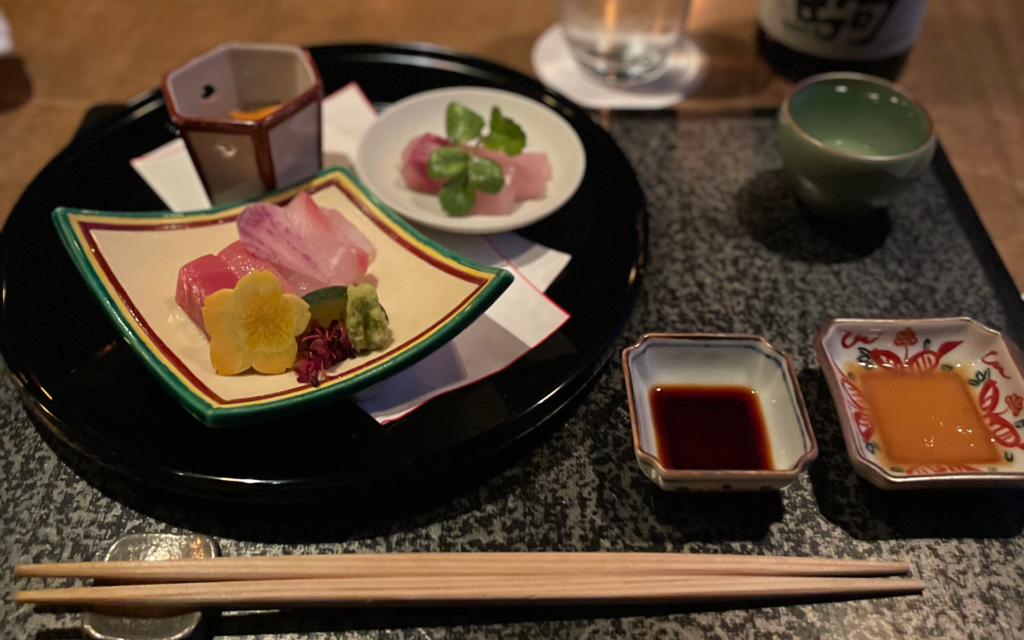
Condiments and Sauces
To enhance the sashimi experience, pair it with traditional condiments like soy sauce, wasabi, and pickled ginger. Beverages such as sake and green tea complement the flavors well. Modern twists can include pairing sashimi with flavored oils or citrus-based sauces.
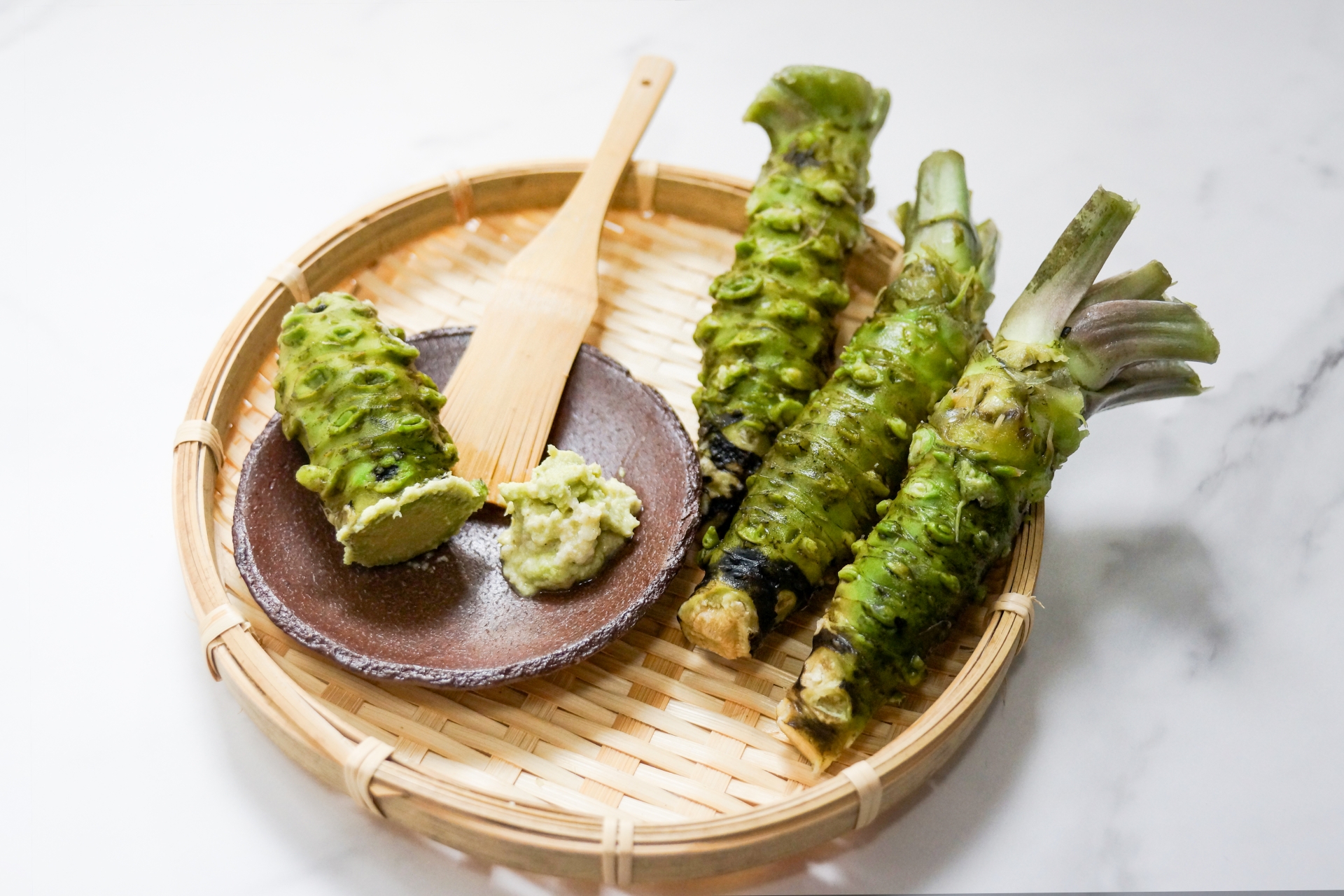

Sashimi in Modern Cuisine
Sashimi has been embraced globally, inspiring fusion dishes that blend traditional Japanese techniques with local flavors. Examples include sashimi tacos, sashimi salads, and even sashimi pizza, showcasing its versatility and universal appeal.
By understanding the intricacies of sashimi, from its types and preparation to its health benefits and cultural significance, you can truly appreciate this exquisite dish. Whether you’re a home cook or a culinary enthusiast, this guide provides the knowledge needed to enjoy sashimi to its fullest.

